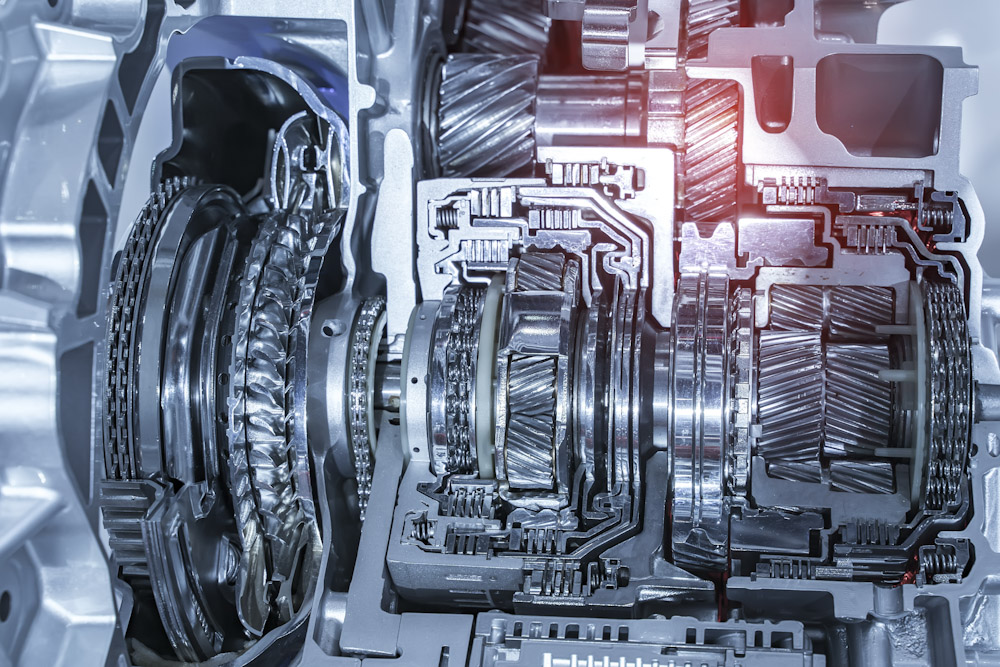
Ever since our earliest days, we have been searching for our tribe; a group that we can call a family or a community; a flock to fly with, that will offer companionship and protection. In the days of antiquity, these groups were literal tribes that formed our hunting parties and comprised our village. Today, we still look for like-minded people by which to categorize ourselves, like asking someone what their Hogwarts House is, or which Ninja Turtle they identify with. These distinctions come thanks to the bevy of options we have to shape our interests each day.
Take driving for example: in the beginning, there were only “liquid fuel people,” or those who used gas to power their engines; today, we have both “liquid fuel people” and “electric people.” The same is true for transmission; do you drive manual or automatic? While it may not be deemed an inherently important decision on the surface, drivers who associate with one car or the other, one transmission or the other, take a great amount of pride in their lifestyle choice. Let’s dig a little deeper to learn more about what makes both styles of driving unique.
Automatic or Manual
One might think that automatic transmission is a relatively new invention, only made possible in the last few decades, while manual has been the dominant mode of transmission since the beginning. In truth, the automatic transmission has been around much longer than one might guess.
Some history
- While manual transmission has indeed been the dominant mode of gear input since the invention of the modern car in the 1800s, the turn of the 20th Century saw the advent of the automatic transmission﹘1904, to be exact.
- Developed in Boston, the first automatic transmission would naturally increase gears along with the speed of the vehicle and decrease as it slowed down. The system was tremendously unreliable, however, as the flywheels that powered it would fall out of alignment if the car went too fast.
- A patent for a transmission in which “clutches are arranged to selectively engage and drive the differential shaft dependant upon the speed at which the differential shaft rotates,” was accepted in 1923, though universal automatic transmission wouldn’t catch on for some year more.
- 1939 saw the introduction of the hydraulic automatic transmission, using fluids to shift gears, but less than 10 years later a torque transmission was developed which is still used today.
Throughout the development of automatic transmission, tinkerers and car repair people kept striving for ever more intuitive ways to drive without having to worry about manually engaging a clutch and shifting gears. Whereas the earliest transmissions only had a few speeds, today cars are being developed with up to 10 speeds, all automatically rotated.
The Major Differences
The differences between the automatic and the manual transmissions lie in a few very distinct areas. Each type represents a different kind of focus for an auto repair professional like those at Master Muffler. For example:
- Automatic transmissions utilize a simplified gear selector, most commonly choosing between “P” Park, “R” Reverse, “N” Neutral, and “D” Drive. This can be done by shifting a dial onto each of these letters, or even by pushing a button.
- Manual transmissions require a bit more finesse. Instead of a simplified gear selector, manual uses a gear tree to move between the different inputs. This tree covers room for gears 1-5, a spot to “R” Reverse, and a stationary position indicating “N” Neutral.
- Manual drivers must also worry about the clutch, a device that controls the link between the engine and the transmission. By coupling and decoupling the clutch in tandem with gear changes, the car is able to account for changes in speed without stalling.
While all cars rely on essentially the same parts to shift through their gears, the different types of input﹘manual and automatic﹘represent the innovative nature of car design and auto repair. Our Provo team is fully capable of servicing both types of transmission, ensuring that you will have a smooth ride every time.
Related Posts
As an EV owner, understanding your vehicle's battery is critical. From its capacity to its lifespan, and everything in between, we'll guide you through what you need to know to optimize your EV experience. So buckle up and get ready - we're about to shed some light on the electrifying world of EV batteries. What [...]
If your car is running hot, it can be a sign that something’s not right with your engine. Fortunately, diagnosing the cause of an overheating engine isn't too difficult if you know what to look for and how to address it. Keep reading if you want to learn the most common issues that occur when [...]
Your vehicle's exhaust system serves a critical role in managing the byproducts of the combustion process and ensuring optimal engine performance. The appearance of colored smoke from the exhaust pipe, either when stationary or accelerating, can provide valuable clues to underlying mechanical issues. What is a car exhaust? A car exhaust is a system [...]





